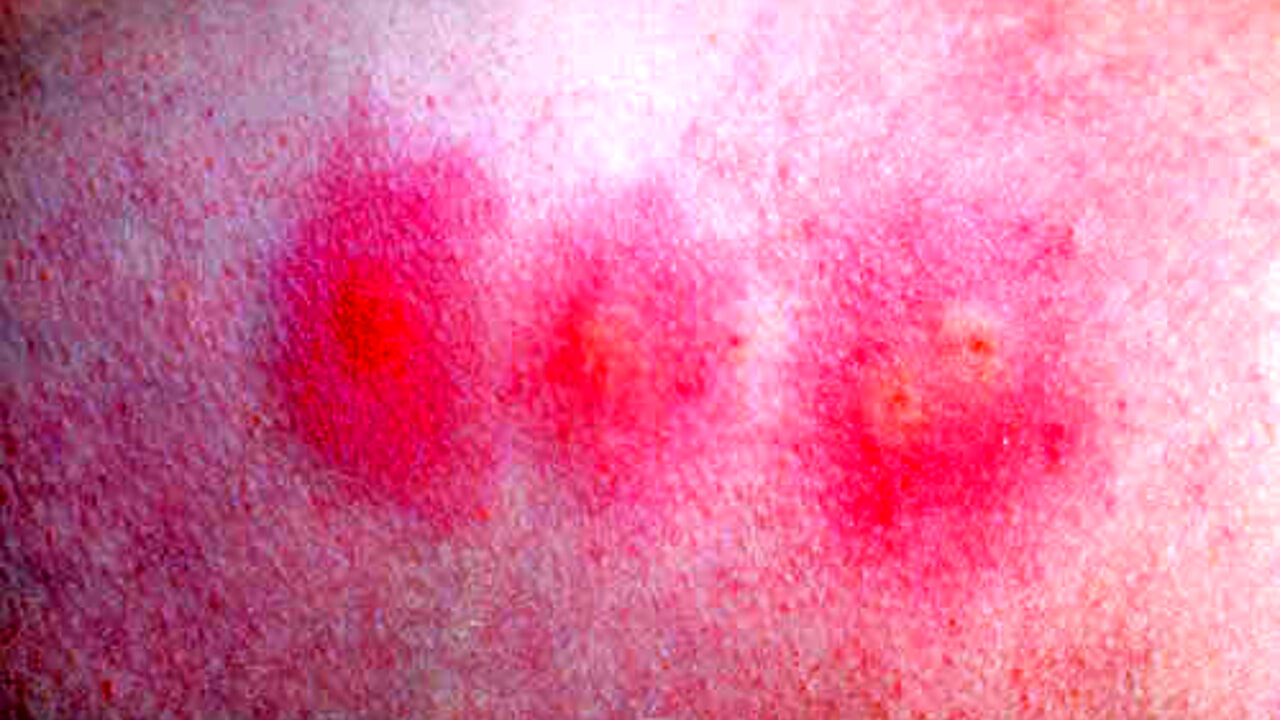A new form of flu, dubbed “tomato flu” or “tomato flu”, is creating some alarm in India, after dozens of cases have been reported among children. The Minister of Health has called on all Indian states to pay close attention, announcing that about eighty children under the age of five have been hospitalized with symptoms of this disease. What is it about? The tomato flu is characterized by red blisters and blisters which then turn into ulcers, recalling the shape of small tomatoes (hence the name). Initial symptoms, in addition to the annoying red blisters that appear on the body, include a moderate fever, poor appetite, joint pain, stomach pain, and sore throat.
The flu, which has mostly occurred in the southern states of India, could be a variant of the hand-mouth-foot infection (“hand foot and mouth disease”). The latter is a viral infection that children can get very easily. It mainly affects infants and children under the age of ten, but it can also occur in adolescents and adults in a mild form. It is part of the exanthematous diseases, ie those diseases that cause the appearance of a rash, that is to say a diffuse eruption of spots or other changes in the skin. It heals on its own within 7-10 days and for this there is no specific therapy.
At present, scientists have not yet identified the exact nature of the tomato flu. However, it is established that the virus is not related to Sars-CoV-2. According to an article that appeared in the specialized scientific journal “Lancet respiratory medicine” and quoted from Guardian, “the rare viral infection is currently in an endemic state and is not considered to be life threatening.” However, “given the terrible experience with Covid-19, it is good to remain vigilant to prevent further epidemics”, the article explains. Doctors say it is difficult to diagnose “tomato flu” because the symptoms are very similar to Covid-19, chikungunya and dengue.
The article published on “Lancet respiratory medicine” also reports that, among the hypotheses, there is that the influence of the tomato could be a side effect of chikungunya and dengue. Delhi government health officer Dr Suneela Garg said “chikungunya and dengue could make children vulnerable to the tomato flu because their immune systems are weakened.”
